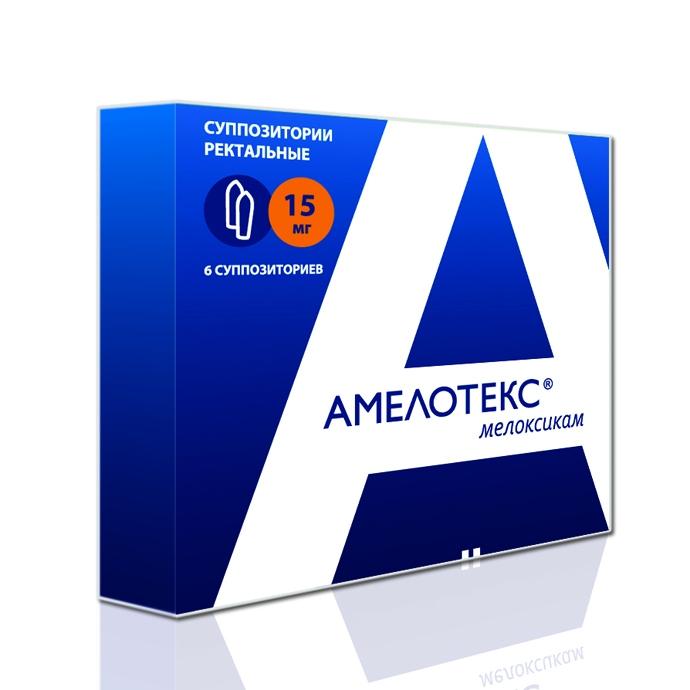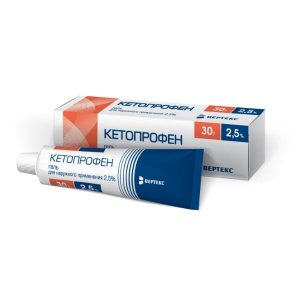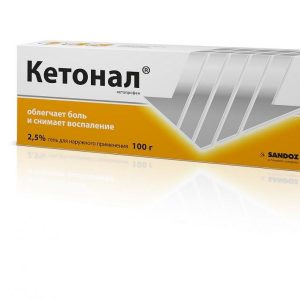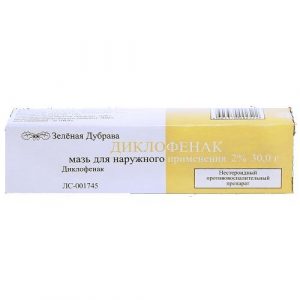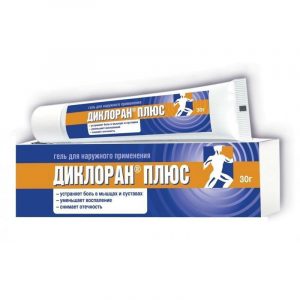Description
Release form
rectal suppositories
Pharmacological action of
NSAIDs, has anti-inflammatory, antipyretic, analgesic effect. The enolic acid derivative belongs to the class of oxycams. The mechanism of action is the inhibition of Pg synthesis as a result of the selective suppression of the enzymatic activity of COX2. When prescribed in high doses, prolonged use and individual characteristics of the body, COX2 selectivity decreases. It inhibits the synthesis of Pg in the area of inflammation to a greater extent than in the mucous membrane of the stomach or kidneys, which is associated with a relatively selective inhibition of COX2. Less commonly, it causes erosive and ulcerative diseases of the gastrointestinal tract.
Indications
Rheumatoid arthritis osteoarthrosis ankylosing spondylitis (ankylosing spondylitis) and other inflammatory and degenerative joint diseases accompanied by pain. Designed for symptomatic therapy, reduce pain and inflammation at the time of use, does not affect the progression of the disease.
Contraindications
Hypersensitivity (including NSAIDs of other groups), a combination of bronchial asthma, recurrent nasal polyposis and paranasal sinuses and intolerance to ASK and drugs of the pyrazolone series, gastric ulcer and 12 duodenal ulcer, in liver failure, chronic renal failure in patients not undergoing dialysis (CC less than 30 ml / min), active gastrointestinal bleeding, progressive kidney disease, severe liver failure or active liver disease, condition after I have coronary artery bypass surgery, confirmed by hyperkalemia, inflammatory bowel disease, children’s age (12 years), pregnancy, lactation.
Special instructions
If peptic ulcers or gastrointestinal bleeding occur, side effects of the skin and mucous membranes develop, the drug should be discontinued.
In patients with reduced BCC and decreased glomerular filtration (dehydration, CHF, liver cirrhosis, nephrotic syndrome, clinically pronounced kidney disease, diuretics, dehydration after major surgeries), the appearance of clinically severe CRF is possible, which is completely reversible after drug withdrawal (in such patients, diuresis and renal function should be monitored at the beginning of treatment). With persistent and significant increase in transaminases and changes in other indicators of liver function, the drug should be discontinued and control tests performed.
In patients with an increased risk of side effects, treatment begins with a dose of 7.5 mg. In the terminal stage of chronic renal failure in patients on dialysis, the dose should not exceed 7.5 mg / day. During treatment, care must be taken when driving vehicles and engaging in other potentially hazardous activities, requiring increased concentration of attention and speed of psychomotor reactions (with the appearance of dizziness and drowsiness). To reduce the risk of adverse events from the gastrointestinal tract, the minimum effective dose should be used with the minimum possible short course.
Side effects
Frequency: often – more than 1% infrequently – 0.1-1% rarely – 0.01-0.1% very rarely – less than 0.01%.
From the digestive system: often – dyspepsia, incl. nausea, vomiting, abdominal pain, constipation, flatulence, diarrhea infrequently – a transient increase in hepatic transaminase activity, hyperbilirubinemia, belching, esophagitis, gastroduodenal ulcer, gastrointestinal bleeding (including hidden), stomatitis rarely – gastrointestinal perforation, colitis, gastritis.
From the side of hematopoietic organs: often – anemia infrequently – a change in the blood formula, incl. leukopenia, thromocytopenia.
From the skin: often – itching, skin rash infrequently – urticaria rarely – photosensitivity, bullous rashes, erythema multiforme, incl. Stevens-Johnson syndrome, toxic epidermal necrolysis.
From the respiratory system: rarely – bronchospasm.
From the side of the nervous system: often – dizziness, headache infrequently – vertigo, tinnitus, drowsiness rarely – confusion, disorientation, emotional lability.
From the CCC side: often – peripheral edema infrequently – increased blood pressure, palpitations, flushing of the face.
From the urinary system: infrequently – hypercreatininemia and / or an increase in the concentration of urea in the blood serum rarely – acute renal failure, no connection with meloxicam has been established – interstitial nephritis, albuminuria, hematuria.
From the sensory organs: rarely – conjunctivitis, visual impairment, including blurred visual perception.
Allergic reactions: rarely – angioedema, anaphylactoid / anaphylactic reactions.
active substance
Meloxicam
Dispensing conditions from pharmacies
Without a prescription
dosage form
rectal suppositories
Indications from gastric ulcer and from intestinal infections, from trichomoniasis, from amphibia Indications
Periarthritis, osteochondrosis, sciatica, radiculitis, arthritis, rheumatoid arthritis, testosterone
